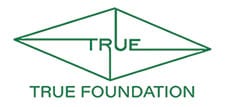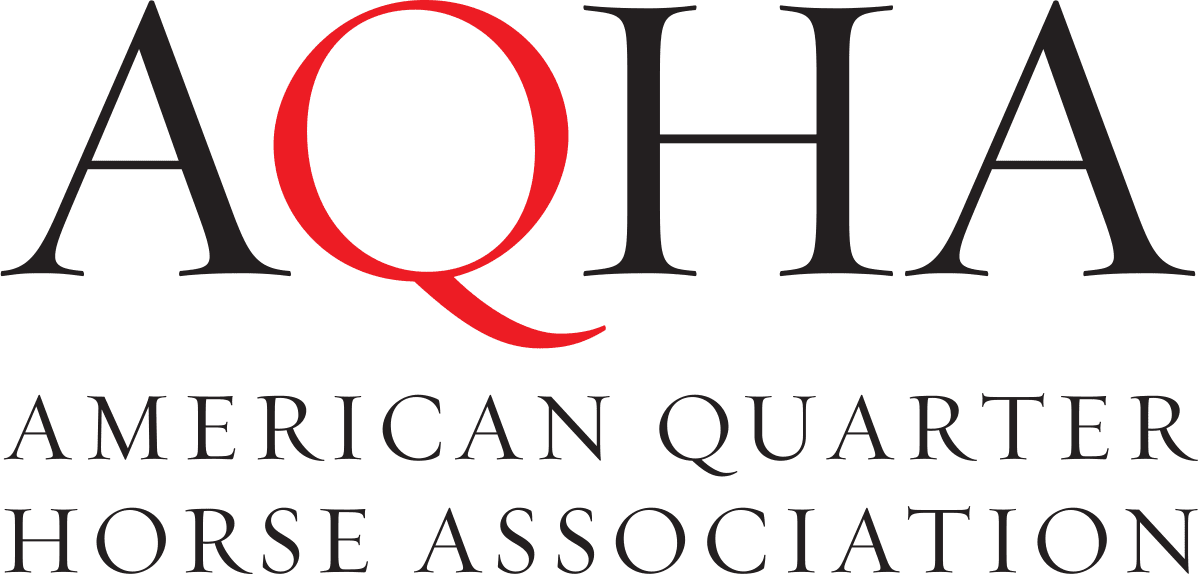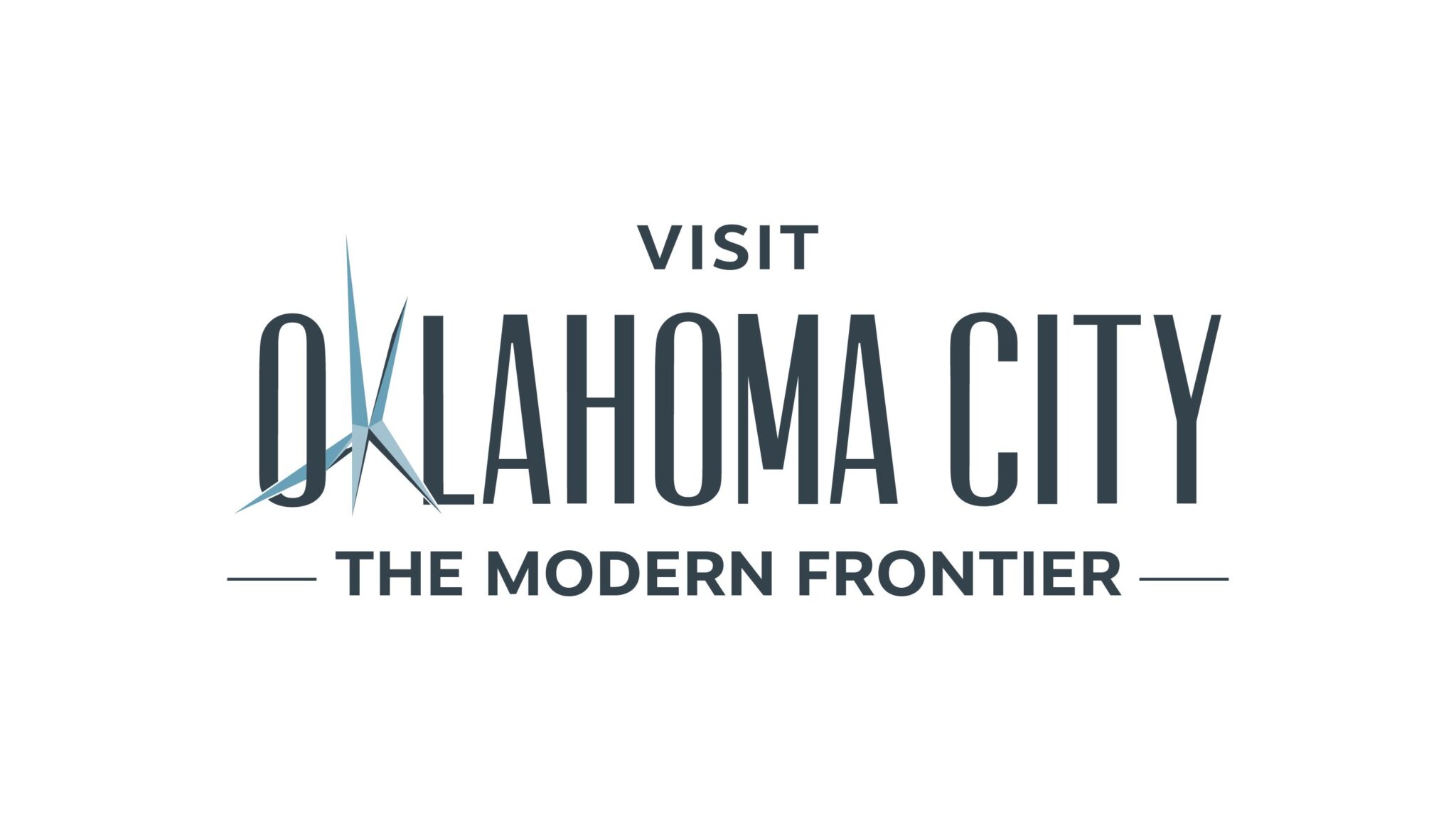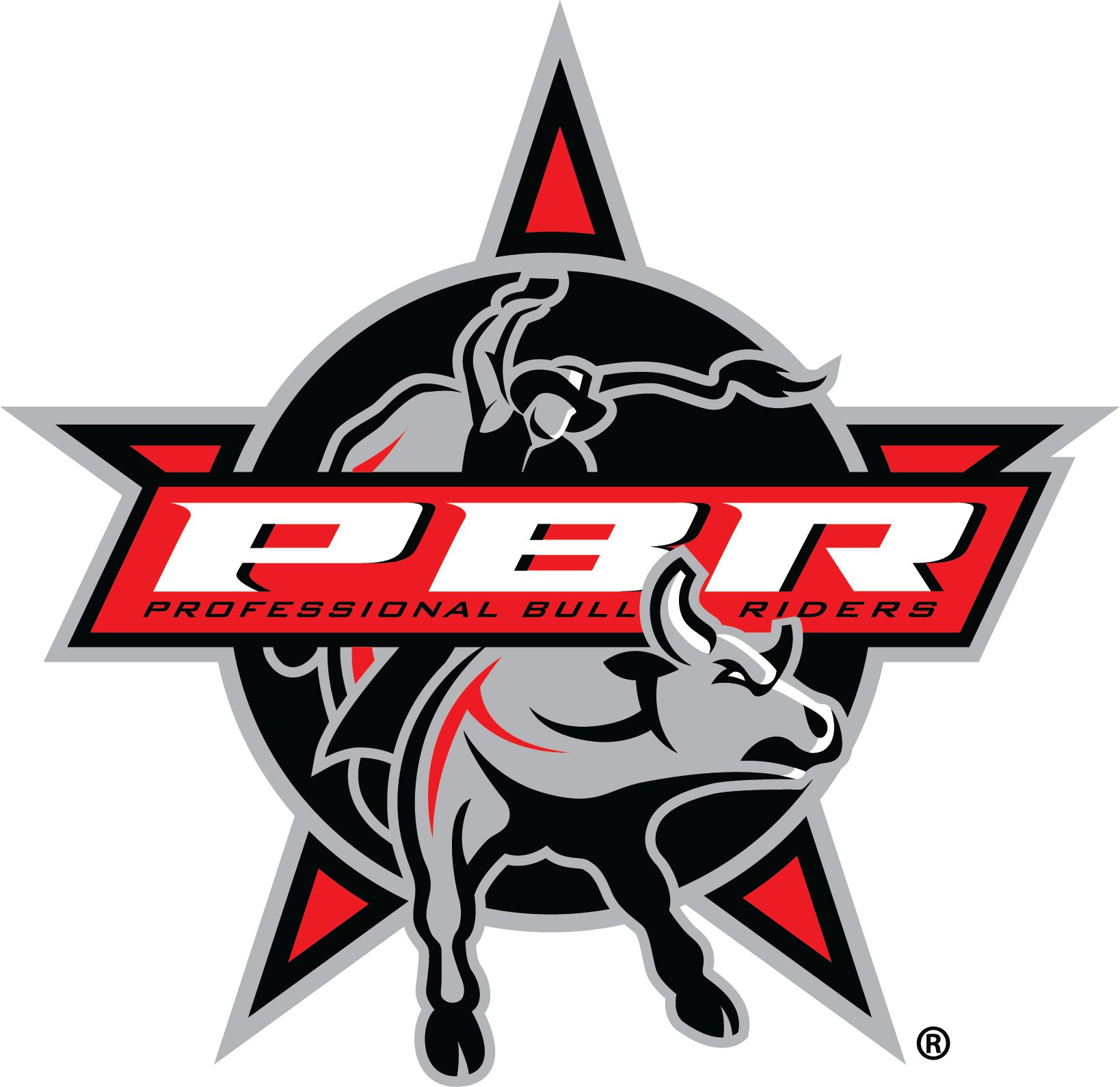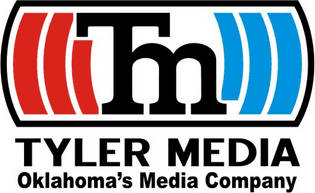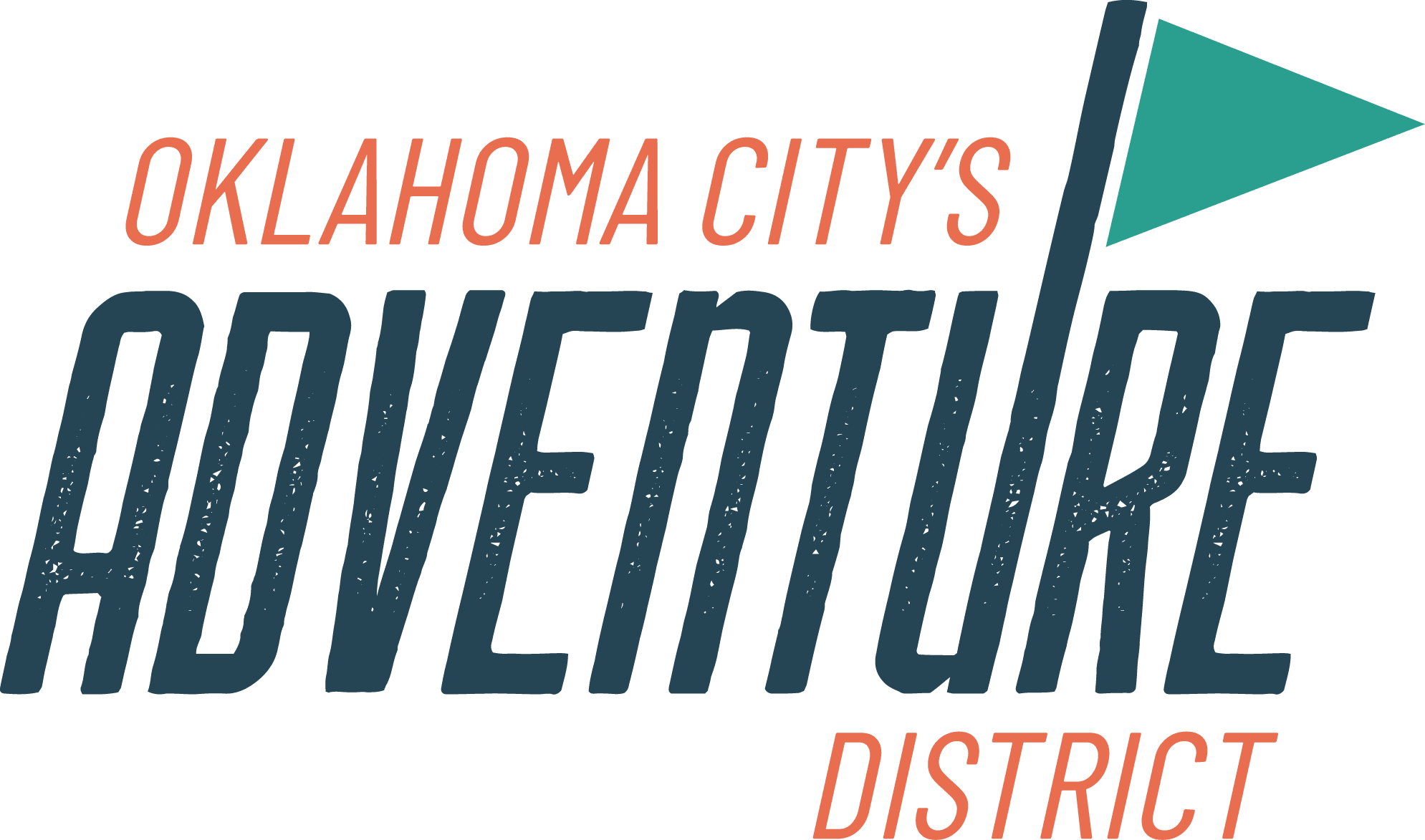Carl Link Postcard Collection, circa 1904-circa 1960 2,045 postcards, circa 1904-circa 1960
0.8 cubic feet (4 postcard boxes)
Location: 0038
Collection #: 038
Accession #: 1968.11.2.2.0002
Introduction
Postcard collection of Carl Link, a German-American artist, commercial illustrator, and art educator known for his paintings of dance and theatrical personalities, Native Americans, and animals. The collection includes 2,045 postcards. The bulk of the postcards were apparently collected for art reference purposes, although some may have been collected as souvenirs or for other reasons. Cards in the collection are 40 to 100 years old, with most dating from the 1920s. The collection is arranged topically. Collection topics include actors and actresses, animals, art, birds, children, clothing and dress, dancers, fish and aquatic life, flowers, history and politics, holidays, humor, men, musicians, native peoples, promotional, ships, sports, toys, travel, and women. Highlights include images of dancers of the 1920s and 1930s; wild and ranch animals such as bison, cattle, and horses; artwork reproductions of a number of important Renaissance artists, as well as lesser known twentieth-century European artists; traditional clothing and dress of Europe and Asia; and scenes of Europe in the 1920s. Card specific access is available through a database in the Dickinson Research Center.
Biography
Carl Link was born on August 13, 1887 in Munich, Germany. His parents were Karl and Dora Link. He was an only child. Link’s father was a furniture maker and wood carver and his mother had an interest in music and theater that she passed on to her son. There is some indication in the collection that Link’s family may have been minor Bavarian nobility. Throughout most of his adult life, Link provided financial support to his parents until their deaths in 1948 and 1951. This was particularly true during the privations following the First and Second World Wars. Link also made regular visits to Germany during his parents’ lifetimes, although his 1938 visit would be the last until after the end of Second World War.
Carl Link was a tall, distinguished looking bachelor. Through much of his life he was attractive to a wide variety of women, and he reciprocated the attraction. In the words of pioneering Native American dancer and entertainer Molly Spotted Elk, who was Link’s friend and model during the 1930s, but not romantically involved with him, Link was a “marvelous, darling, and lively person, whose eyes were alight and who always spoke as if he were excited.” She also noted in her diary that Link, “has many women friends—many of them of wealth, beauty, position, with husbands lost or discarded. …The front and back entrances of his studio offer an amusing bit of masculine intrigue—Carl can have one woman visitor in the front room and another in the back.”
Link’s first professional art training was in architectural drawing with Professor Behring in Berlin. After a year under Behring his parents were convinced to allow him to attend the Royal Academy in Dresden from 1909 to 1910 where he studied with Professor Richard Muller and Professor Schindler. Link moved on to the Royal Academy in Munich where he studied with Professors Franz von Stuck and Angelo Jank. Jank was famous as a painter of horses, and under his tutelage Link also became very proficient in creating life-like drawings and paintings of horses and other animals. One of Link’s fellow students at the Munich Royal Academy was artist Winold Reiss, who became a life-long friend. Link excelled at both ornamental and life figure drawing. His proficiency in both areas would be critical to his later success as a designer of theatrical properties and a portrait painter. After completing his formal education he pursued additional studies in life and flower drawing at the Kunstgewerbe Museum in Berlin and for a short time was an apprentice at the museum.
In 1913, Link moved to London. He worked briefly for the S.H. Benson, Ltd. Advertising Agency as a commercial illustrator and studied life drawing at the Polytechnic School of Art in London. Because of the increasing threat of war in Europe, his stay in London was brief. Strong anti-German sentiment in England and the threat of internment caused Link to leave for the United States in 1914. The only available passage was steerage class on the S.S. Adriatic. Link arrived in New York in September 1914.
Life was difficult for a German emigrant to the United States during the First World War. It is unclear how he made ends meet during his first year in New York, although he was able to sell at least one cover illustration to Puck magazine in England. By the winter of 1915 he obtained a position teaching costume design at the New York Evening School of Industrial Art. He would teach at the New York Evening School off-and-on for over twenty years. Other schools where Link taught during his career include Columbia University, Master Institute of United Arts, New York School of Design for Women, and New York University. Since he typically taught night school classes, his days were free for his commercial and fine art work. He also kept busy visiting galleries and museums, sketching people on the streets of New York, and sketching animals at the Bronx Zoo. In 1916 Link did his first major United States portrait, Charles Evans Hughes the former-Supreme Court Justice and 1916 Republican Presidential nominee. Link also continued his commercial illustration work, selling covers and illustrations to the Louis Bosser and Sons advertising firm in Brooklyn, New York. During this period he changed the spelling of his first name from “Karl” to “Carl,” apparently because he thought it sounded less German. This “Americanized” spelling is used throughout the finding aid.
In 1916, Carl Link came to the attention of theatrical producer Morris Gest. Gest, who would produce more than sixty Broadway productions during his career, was a major factor in a new direction in Link’s art. Link designed the stage settings and costumes for four successive Gest productions, The Wanderer, 1917; Chu Chin Chow, 1918; Aphrodite, 1919, and Mecca, 1920. In 1922 Gest brought Russian producer, writer and director Nikita Balieff to New York to stage his musical production Chauve-Souris. Link did many caricatures of then current New York theatrical and society luminaries to decorate the stage curtain used in that production, as well as other design and illustration work. Link also created the stage settings for the 1924 Gest production The Miracle. In addition to working in the theater, he was also an avid attendee at a wide variety of theatrical and modern dance programs, especially during the 1920s and 1930s.
Through his work for Gest, Link became acquainted with many of the theatrical and dance celebrities of the period. Link completed portraits of many actors and dancers including Dame Judith Anderson, Lady Diana Cooper, Marion Davies, Vera Fokina, Helba Huara, Michael Mordkin, Nita Naldi, and Ruth St. Denis. A number of these portraits were done as cover illustrations for The Dance Magazine and Theatre Magazine. He also served as the art director for The Dance Magazine for a time in the early 1930s. Link did some illustration work for the motion picture industry, including posters for Red Feather Photo Plays and a large mural design and illustration for the 1922 Marion Davies film “When Knighthood Was in Flower,” which was displayed as a billboard at 7th Ave. and 47th St. in New York.
In 1921, Link returned to Germany to visit his parents and to create a series of portraits that would bring him recognition beyond the theatrical and dance world where he was best known. Link had the opportunity to complete life portraits of the principal players in the 1922 Oberammergau Passion Play. These portraits were used to publicize the production in Germany and were printed in Ladies Home Journal, The New York Times, and many other newspapers across the United States. Link did another series of portraits of the 1930 Passion Play cast, which received similar wide publication and publicity.
The stock market crash of 1929 brought an end to Link’s association with Morris Gest. Through the 1930s he taught art, painted portraits, and continued his commercial illustration work for publications such as Liberty Magazine. Portrait subjects during this period included rodeo cowgirls Eleanor Heacock Williams and Lucyle Richards Roberts, as well as Molly Spotted Elk, who was Link’s model for a painting of St. Kateri Tekakwitha. From 1936 through 1939 Link taught summer classes for Winold Reiss’s art institute at Glacier National Park and Lake Tahoe. During his time in Montana he became fascinated with the West and Native Americans and painted a series of portraits from life of Blackfeet and Blood Indians in traditional dress.
In 1941, Carl Link made a temporary move to Palm Beach, Florida where he taught at the Norton Gallery and School of Art. While in Florida he entered and won an art competition at the Norton Gallery and was asked by a Naval Air unit to design their unit insignia. In the late 1940s Link purchased a home at Lake Tahoe where he gave art lessons during the summer. Link’s major commercial illustration commission during this period was from World Book Encyclopedia. Link worked two years to create more than 200 color illustrations of authentic native costumes of the world for the 1947 edition of World Book. Some of the clothing and dress postcards in the collection were probably used as reference for this project.
Some time in the 1950s Link became the chief designer for Imperial Linens, Inc., a manufacturer and importer of decorative linens. As part of his duties he would visit Imperial Linens’ factory in Funchal, Madeira. Although Link apparently continued his art instruction and painting work during this period, as he grew older he reduced his level of activity. In the 1960s he continued to go out to Lake Tahoe, but his art activity level decreased markedly as the decade wore on. By early 1968 his health had noticeably deteriorated, and in May 1968 Carl Link died in New York at the age of 80.
Sources
Krakel, Dean. Adventures in Western Art. Kansas City, Mo.: The Lowell Press, 1977.
McBride, Bunny. Molly Spotted Elk: A Penobscot in Paris. Norman: University of Oklahoma Press, 1995.
Scope & Content Note
The postcard collection of Carl Link includes a single Postcards series arranged into twenty-one topical subseries. Topical access is available through the container list in the finding aid and card specific access is available through a database in the Research Center. This database allows access to titles, names, subjects and other cataloging information relevant to each postcard. The bulk of the postcards in the collection appear to date from the 1920s.
The Actors and Actresses subseries is very small and most of the actors and actresses pictured are quite obscure, but there are good images of Marilyn Monroe and English stage and screen actress Gladys Cooper. The Animalssubseries includes almost 100 postcards depicting farm and domestic animals as well as wild animals of North America such as bison, mountain goats, and bears. The Art subseries is one of the largest in the collection. Included are images of decorative art pieces such as clocks and wood carvings; silhouette illustrations by several German artists; a rare set of Sulamith Wulfing postcards with fairy illustrations; paintings in a number of genres including landscapes, nudes, portraits, and religious subjects; and photographs of sculpture, which include depictions of Buddhist and Christian iconography. The Birds subseries is very small and features mainly waterfowl. Childrenincludes a number of charming early twentieth century images showing children dressed up as fairies and in adult costumes—some of the images are hand tinted.
The Clothing and Dress subseries is another major part of the collection. Most of the postcards seem to predate his mid-1940s “costumes of the world” assignment for World Book Encyclopedia. Link taught clothing and fashion design in various art education classes over the years, and these postcards apparently reflect a life-long interest in traditional clothing and dress. The bulk of this subseries concerns European dress, however both Asian and North American dress are briefly covered. The Dancers subseries is a reflection of Link’s interest in dance, especially modern dance. A number of the dancers depicted have fallen into obscurity, but the collection also includes such well-known dance figures as Michel Fokine, Vera Fokina, Mata Hari, Tamara Karsavina, Albertina Rasch, and Ruth St. Denis.
The Fish and Aquatic Life subseries features a small number of hand-tinted 1930s vintage postcards produced by the New York Aquarium. The Flowers subseries includes both photographs and paintings of flowers in a variety of settings. The most interesting materials in the History and Politics section of the collection are postcards relating to the First World War and Nazi Germany. The First World War postcards depict political figures such as Kaiser Wilhelm II, and one extols the patriotic virtue of the German military. The Nazi Germany postcards include four portrait photographs of Adolf Hitler and color postcards showing the interior and exterior of Hitler’s Berchtesgaden vacation home taken by Hitler’s official photographer, Heinrich Hoffmann. The Holidays subseries includes some cards for Christmas, New Years Day, and Valentine’s Day, but the bulk of them are Munich Oktoberfest cards. These cards feature illustrations and photographs of a variety of traditional Oktoberfest scenes.
The collection includes a small number of Humor postcards. This subseries features mostly English cards, but includes a few German cards as well. One of the oddest cards in this part of the collection is a trick photo postcard showing Oklahoma oilman Frank Phillips dressed in cowboy attire standing next to a large pig with the legend “Charlie Schwab” beneath it. The collection also includes a very small number of postcards depicting Men and Musicians including violinist Jascha Heifetz. The Native Peoples subseries includes eleven black and white photo postcards of native peoples from Venezuela. These interesting postcards depict traditional dress and body markings, weapons, and a hunting scene.
The Promotional subseries includes advertisements for a German shoe company, a couple of nightclubs, and Indian motorcycles, which reflects Link’s interest in motorcycling. The Ships postcards include cards of two types. First, there are a number of postcards depicting trans-Atlantic ocean liners and other vessels. Other postcards are real photo postcards that appear to be Link’s own photographs processed with postcard markings on the back. This reflects the once common practice of having custom postcards made from personal photographs. The Sportssubseries includes depictions of boxers and winter sports. Included is a postcard of Jack Johnson and Jess Willard prior to their 1915 World Heavyweight Championship fight in Havana, Cuba. The winter sports cards show horse-drawn sleighs, ski jumping, skating, and bobsled racing. The Toys subseries consists of three postcards of Kathe Kruse dolls.
The Travel subseries is by far the largest in the collection with over 900 postcards. Most of the scenes depicted are from Europe, with scenes of Germany, France, and Austria constituting the bulk of the cards in this part of the collection. The Germany postcards focus primarily on Munich and Bavaria, but also include “Romantic Road” locations such as Rothenburg ob der Tauber. Also included are a number of 1920s images of the Oktoberfest grounds in Munich. The France postcards focus almost exclusively on Paris and the Palace of Versailles. Virtually every notable Paris landmark is depicted as well as numerous street scenes of Paris in the 1920s. The Austrian postcards focus primarily on small villages and mountain scenery, although a number of views of Salzburg are also included. Other European destinations with significant representation include Great Britain, Italy, Netherlands, and Portugal—especially the island of Madeira. The collection also includes a small number of cards depicting Asian locales and the Middle East. All of the Canadian postcards are made from Link’s own photographs and focus on Quebec City, Quebec. The United States photographs are primarily of Lake Tahoe and vicinity and appear to date from the 1950s. Other United States postcards include the Appalachian Mountains, New York, Florida, and stereotypical depictions of African-Americans.
The final subseries is Women. Included are almost 120 glamour photograph postcards that appear to date from around 1910. Most of the photographs seem to be German, but some are of French origin. The bulk of the photographs simply depict a woman in a costume or gown, sometimes with studio props or backgrounds.The photographs contain no nudity, but some depict scenes and vignettes of a more risqué nature—some of the images are hand tinted. The illustration postcards include a number of “Gibson Girl” illustrations, as well as some later art deco inspired illustrations. The art deco postcards include a rare set of six Umberto Brunelleschi postcards from 1920.
Subject Terms
Personal Names:
Brunelleschi, Umberto, 1879-1949
Cooper, Gladys, 1888-
Fokina, Vera Petrovna, 1886-1958
Fokine, Michel, 1880-1942
Heifitz, Jascha, 1901-
Hitler, Adolf, 1889-1945
Hoffmann, Heinrich, 1885-1957
Johnson, Jack, 1878-1946
Karsavina, Tamara
Link, Carl, 1887-
Mata Hari, 1876-1917
Monroe, Marilyn, 1926-1962
Phillips, Frank, 1873-
Rasch, Albertina
St. Denis, Ruth, 1880-1968
William II, German Emperor, 1859-1941
Wülfing, Sulamith, 1901-
Subject Headings:
Actors
Actresses
Aquatic animals
Art deco
Bears
Birds
Bison
Bobsleds—Germany
Boxers
Chalets—Germany—Berchtesgaden
Children
Children playing adults
Clothing & dress
Costumes
Dancers
Dolls
Fish
Flowers
Gibson girls
Glamour photographs
Greeting cards
Indian motorcycles
Indians of South America—Venezuela
Mountain goats
National socialists—Germany
Ocean liners
Photographic postcards
Portrait photographs
Postcards
Ski jumping—Germany
Sleds & sleighs—Germany
Stereotyping
Travel—Austria
Travel—Quebec—Quebec
Travel—England
Travel—France—Paris
Travel—Germany—Munich
Travel—Italy
Travel—Netherlands
Travel—Nevada—Lake Tahoe
Travel—New York—New York
Travel—Portugal—Madeira (Madeira Islands)
Trick photography
World War, 1914-1918—Propaganda
Processing Information
The Carl Link Postcard Collection was processed by Jonathan Nelson in early 2003 and is part of the Carl Link Collection. More detailed information about the history and provenance of the Carl Link Collection can be found in the finding aid to the main collection. The decision to process and catalog the postcards as a separate part of the Link Collection was based on two factors. First, most of the postcards were stored together in boxes, separate from other collection materials, which seems to indicate that Link thought of them as a separate collection. Second, the size and breadth of the collection argued for the kind of detailed treatment that is possible with separate processing and cataloging. Although some of this material may have been collected for Link’s personal use as souvenirs or for other purposes, he apparently retained most of these postcards as an image reference collection. Link, in common with many artists, maintained a reference collection, and these postcards comprise a large part of his reference collection. The postcards were not well arranged in their boxes, but some of the postcards showed at least a rudimentary topical arrangement, however it is possible that some of this arrangement dates from the efforts of librarian Esther Long in the 1970s. Based on this hint of original order, and guided by usability and access considerations, the decision was made to arrange the postcards topically, with card specific access available through a database in the Research Center. Very few of the postcards were dated in any way. Much of the postcard dating was a best guess based on the content and design of the individual cards. Some postcards in the collection had been used as correspondence. These cards were removed to the Correspondence series of the main collection in order to maintain all collection correspondence in a single location.
Copyright
The Carl Link Postcard Collection is the property of the Donald C. & Elizabeth M. Dickinson Research Center, National Cowboy & Western Heritage Museum. Literary right, including copyright, belongs to the National Cowboy & Western Heritage Museum, with the exception of copyrighted artwork images and published literary works, which are the property of the respective copyright holders. It is the responsibility of the researcher, and his/her publisher, to obtain publishing permission from individuals pictured, relevant copyright holders, and the National Cowboy & Western Heritage Museum.
Copyright
The collection is open for research. It is advisable for researchers to discuss their proposed research with staff prior to visiting the Center.
Preferred Citation
Carl Link Postcard Collection, Box ##, Folder ##, Dickinson Research Center, National Cowboy & Western Heritage Museum, Oklahoma City, Oklahoma.
